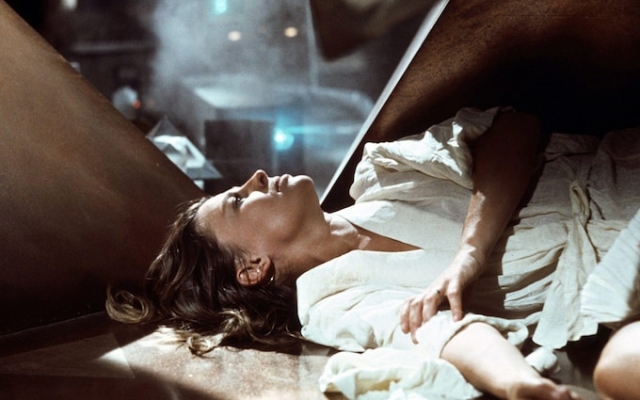 Julie Christie in Demon Seed Credit & Copyright: Alamy
Julie Christie in Demon Seed Credit & Copyright: Alamy
The rise of AI technology over the past couple of years has filled countless columns. Writers, scientists and philosophers have their own opinions about the apparently inexorable progress of computer intelligence in our lives, and most of them have solemnly come to the conclusion that if it is not somehow checked and balanced, it can be a Very Bad Thing. really.
That may very well be true, but if any of them have seen Donald Cammell's cautionary 1977 sci-fi horror The Demon Seed — a truly one-of-a-kind collaboration between mainstream genre filmmaking, a respected writer, and the generally wilder sensibility that Cammell — they would be amazed at how far-sighted and even prophetic many of his ideas, which were once ridiculed, seem.
By the mid-1970s, Cammell was in a precarious position in the film industry. Initially trained as an artist, he won a Royal Academy scholarship at the age of just 16 and made his directorial debut almost by accident with the psychedelic experimental gangster film Performance. The film attracted a disproportionate amount of attention, both due to the fact that Mick Jagger was cast as a bohemian rock star, and because of the large amount of sex and violence. Warner Bros, which funded Performance, expected a light-hearted comedy akin to The Beatles' A Hard Day's Night and was instead shocked by what it saw. One studio executive's wife is known to have vomited from shock at the first preview.
The play was not a financial success upon its initial release, but it launched the career of Cammell's co-director Nicholas Roeg, with whom Cammell quickly fell out. (As he later said, «Nick moved on to several features through performance, and when you realize that the entire project was based on my friendship with Jagger and the fact that Jagger trusted me, it deepens an already open wound. Enough said.» «).
Rogue directed such zeitgeist-defining films as The Walk, Don't Look Now and The Man Who Fell to Earth, while Cammell remained in his wake, unsuccessfully trying to develop several projects with the ever-changing Marlon Brando. who—almost uniquely in 1970s Hollywood—was considered the director a genius. However, in the end, Cammell was presented with an opportunity that seemed both compelling and unusual, and that allowed him to use his visual talents in a compelling and chilling story. It might even bring in money, he thought.
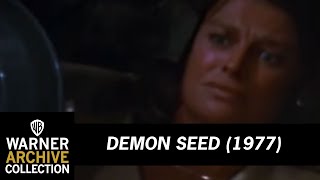
The Demon Seed is known to have been based on an early novel by thriller writer Dean Koontz published in 1973. Kunz subsequently described it as having been written when he was «very young and startlingly, startlingly ignorant». Its central narrative features a woman, Susan Harris, who was originally an unwilling and ultimately terrified prisoner in her own home, held hostage by the sentient supercomputer Proteus IV.
Proteus has the most sinister carnal plans for Susan, aided by a mechanized house built for her by her estranged scientist husband. This thing cures leukemia one minute, forcibly undresses her with mechanical arms the next, before threatening to kill countless human children. When the novel was published, it didn't get much attention, and Kunz even dropped the title: «I think it sounds like it's a novel about a house of prostitution for the living dead,» he said.
However, it was adapted from a screenplay by actor-turned-writer Robert Jaffe and produced by his father, Herb. Cammell was hired solely as a hired director, with no involvement in the script — the only one of his films he didn't write — and was candid about his motivation for taking the job. As he later said in an interview, «If you only knew how many unrealized projects are scattered between 1970 and Demon Seed, you wouldn't be asking. One of those projects that caused a bit of a stir on the Riviera was a caper script called Avec Avec, which was written much later by my old buddy James Coburn. So I was lucky before the Demon Seed.
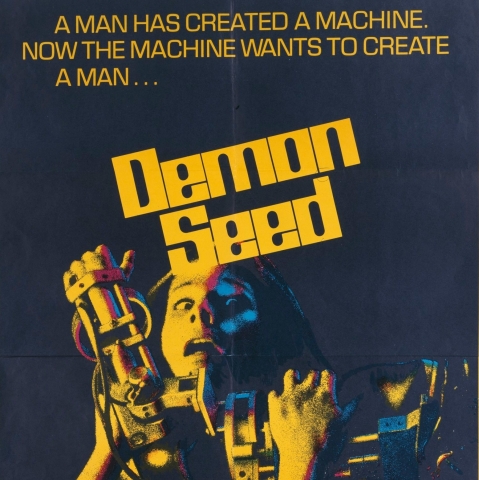 The original poster for The Demon Seed. Credit & Copyright: Moviepix
The original poster for The Demon Seed. Credit & Copyright: Moviepix
However, he liked the perversity of the central relationship. As his widow China Kong later said, «The story was basically a love story between a computer and a woman, and he liked the idea.» Cammell was responsible for casting Julia Christie, who coincidentally had appeared in his old collaborator Rogue's Don't Look Now four years earlier, and wanted to use his psychedelic and expressionist directing style to spark a wit battle between Christie. captive and voiced by Robert Vaughn Proteus IV to life.
He assembled an impressive team, including Jaws cinematographer Bill Butler, veteran special effects Glen Robinson, and his permanent editor Frank Mazzola, with whom he worked on Performance and perfected the film's non-linear editing style, which had a huge impact on a number of film and music directors. clips in the coming decades. However, just as he and Rogue had a bad experience working with Warner Bros on Performance, the demands for a big studio film (in this case funded by MGM) took their toll on Cammell.
As Chyna remarked, «It was meant to evoke a much lighter feeling, rather than that of a 'bullying woman in the house.' She said of her husband's mood, «I remember Donald being flustered at the beginning [but] distraught during filming because people in the studio were constantly distracting … his way of working was very confusing for the producers because he always had there was a lot of chaos around him.»
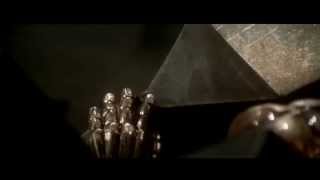
At one point, the studio tried to ask Mazzola to edit the film without Cammell's involvement, but he refused, saying: «I can't do that…then I'll be at odds with the producers because they'll think I'm wrong.» play ball with them. But I said: “The director brought me. What do you think I'm going to do, betray the director?»
When the film was finished—Kuntz said of its creators that «during production and editing, studio executives expressed a high degree of enthusiasm, even when they weren't in shock»—there was an initial preview that seemed to go relatively well. and Cammell, Mazzola and the producers seemed to be on the same wavelength when it came to the necessary changes. Then, when Mazzola arrived to edit the painting, the master copy—the working print—was missing. He was horrified to find that the editorial team was busy re-cutting the film to the studio's specifications without his input or Cammell's input.
This did not surprise the director, who always had a low opinion of financiers. He later said that «it was a very unfortunate experience. It was quite a disappointing experience. My personality just doesn't fit with these studio people. And MGM was no different from Warner Bros in Performance. I was the reason they got Julie Christie, who was a beauty at the time and an Oscar winner to boot. The front office liked everything until they got my draft. It could have been a great movie, but even though it got pretty damn respectable reviews, it wasn't my vision. As I said, I am an artist who happened to make films.”
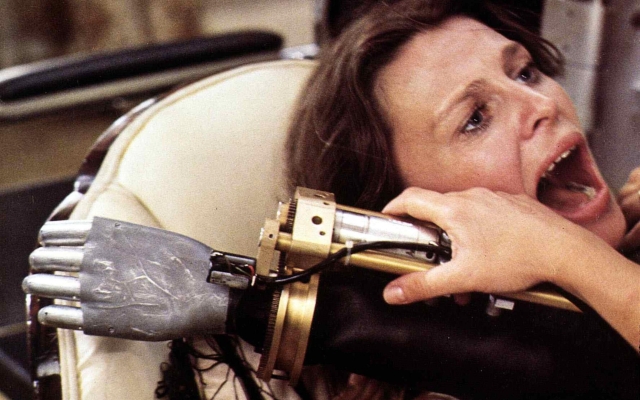 Julie Christie is attacked by Proteus in The Demon. Author: Alamy
Julie Christie is attacked by Proteus in The Demon. Author: Alamy
It didn't help that the film's central provocation, in which Susan's character is forcibly impregnated by the Proteus supercomputer and then gives birth to a robot-speaking clone of her dead daughter, was at the same time almost on the verge of despair. it is a depiction of mechanical sexual violence that can be used for lustful purposes in the film's marketing.
As Koontz succinctly wrote, “[The studio] turned an initially cool poster and stylish newspaper ad into a sleazy minimalist campaign to make it look like the amazing Julie Christie is in a Larry Flynt-directed movie. , written by Harold Robbins during a round-the-clock intravenous injection of testosterone and based on a banned book by the Marquis de Sade from his obnoxious period (as opposed to the period when he wrote books about plush kittens and bunnies with puffy tails).»
In his inimitable description, since sci-fi wasn't considered commercially viable at the time, «they needed to market the Demon Seed as sexy, psycho-satanic, scare-your-pants (with an emphasis on pants-less-pants), you know-Julie. -Christy-naked, wow-wow sensation. It didn't work out, not least because a few weeks later the film was ousted from theater screens by the small art-house sci-fi movie known as Star Wars.

Four and a half decades after its initial release, The Demon Seed remains an obscure cult film admired by Cammell and Christie devotees but otherwise obscure. Kunz rewrote his novel in the late nineties to include a lot more humor: «I kept my tongue so tight against my cheek that I needed the help of a periodontist to get it back to its natural position,» he explained, and in 2001 he inspired The Episode The Simpsons, in which the sentient house, voiced by Pierce Brosnan, is plotted by Marge.
However, the original film remains not only frightening, but also prophetic. In an era where AI can imitate human language, speech and thinking, making the effect increasingly indistinguishable, and where so-called «smart homes» can be controlled either at the push of a button or with voice control, and when Amazon's Alexa is a feature of practically in every home — it no longer seems unlikely that a Proteus-style computer could develop its own sentient desires. Although, admittedly, ChatGPT has not yet developed the ability to impregnate anyone.
Cammell and Koontz may have been disappointed by the film's reception, but its nightmarish visuals — especially Proteus' birth scene — are not easy to forget. In its demented, prophetic horror, Demon Seed hints not so much at the brave new world of technological advancement as at a very real dystopia that we may already have unwittingly fallen into, even as we congratulate ourselves on our brilliance. And this is by far the scariest of all.



















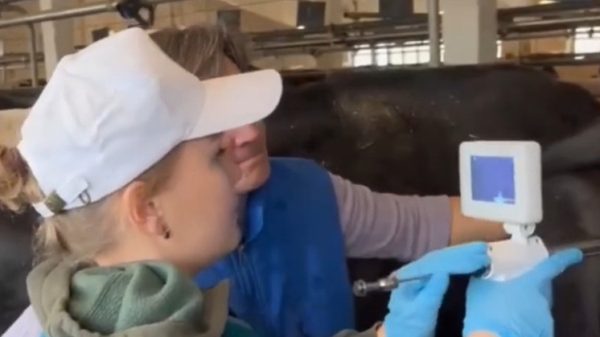



















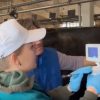


















Свежие комментарии